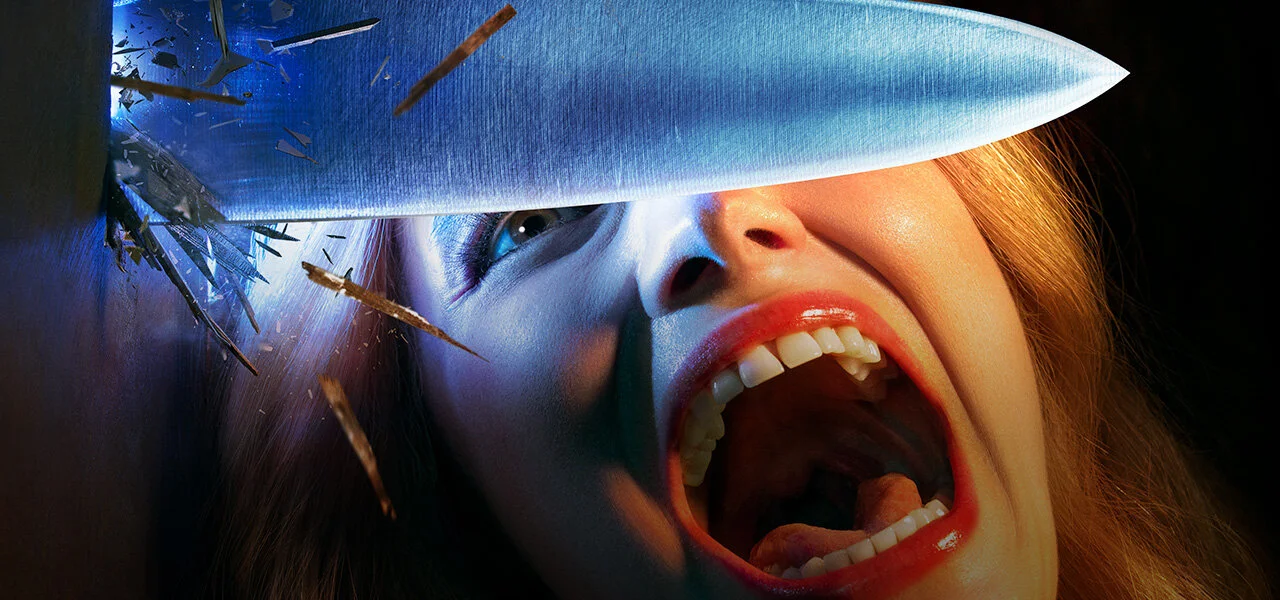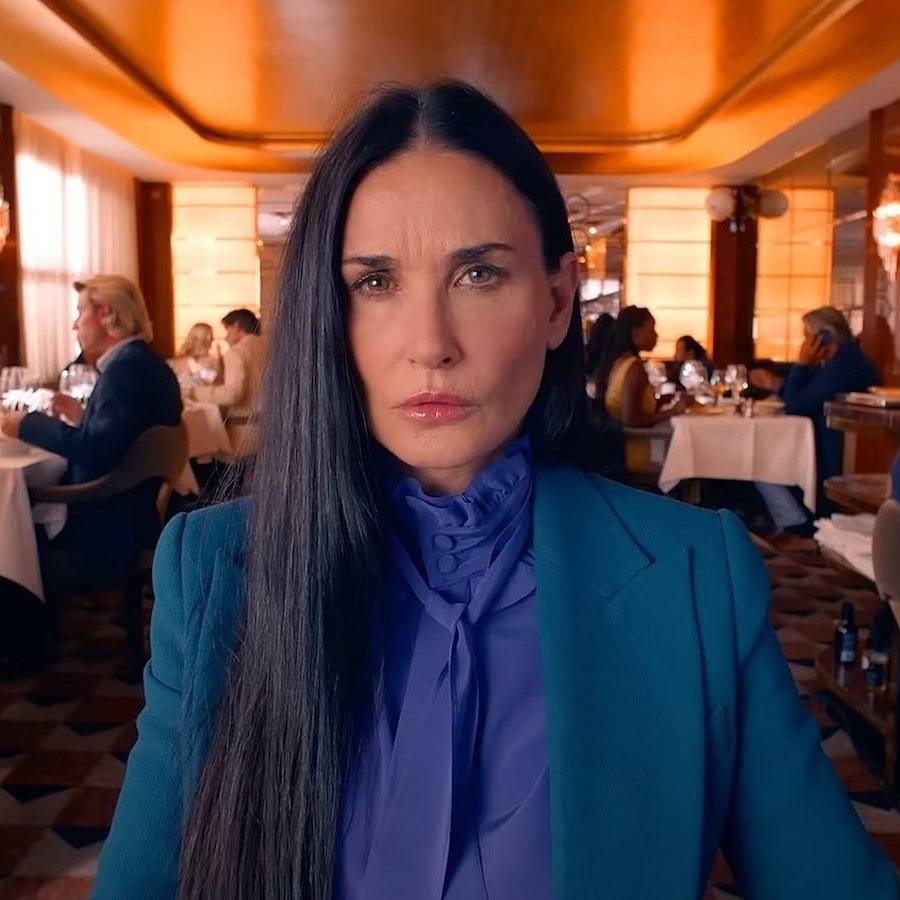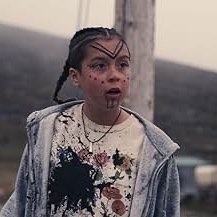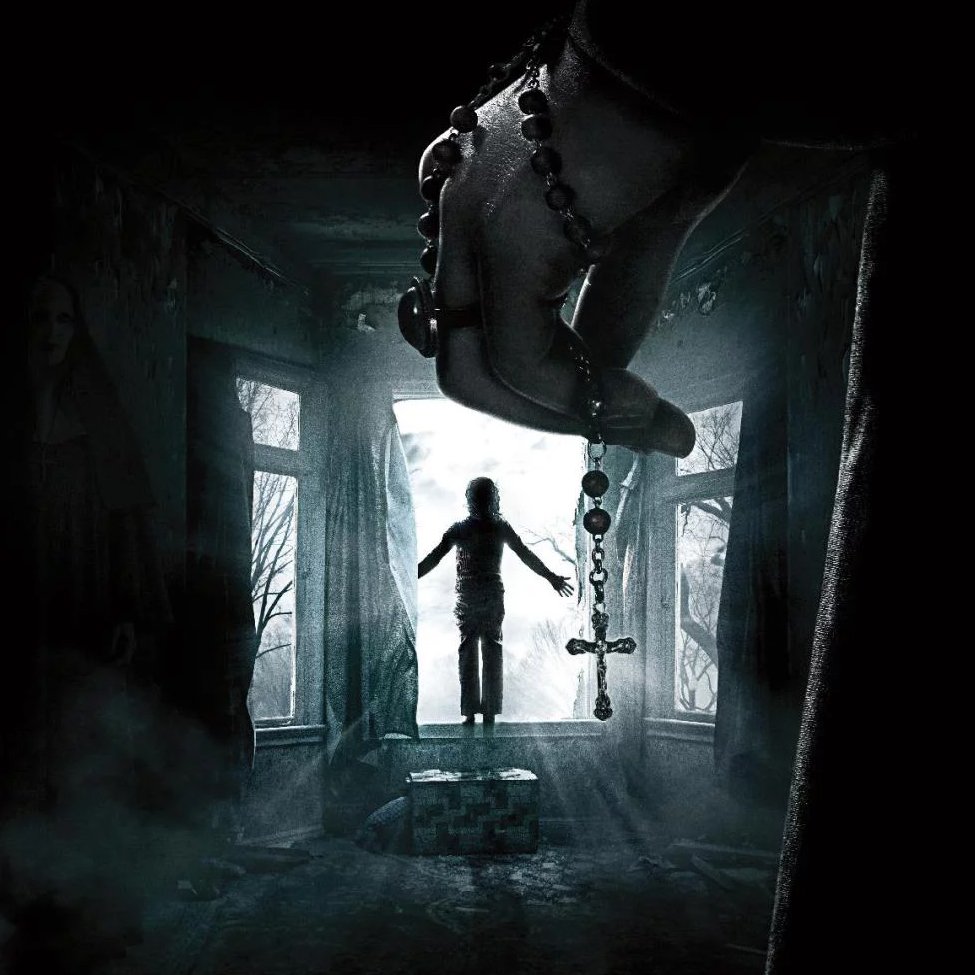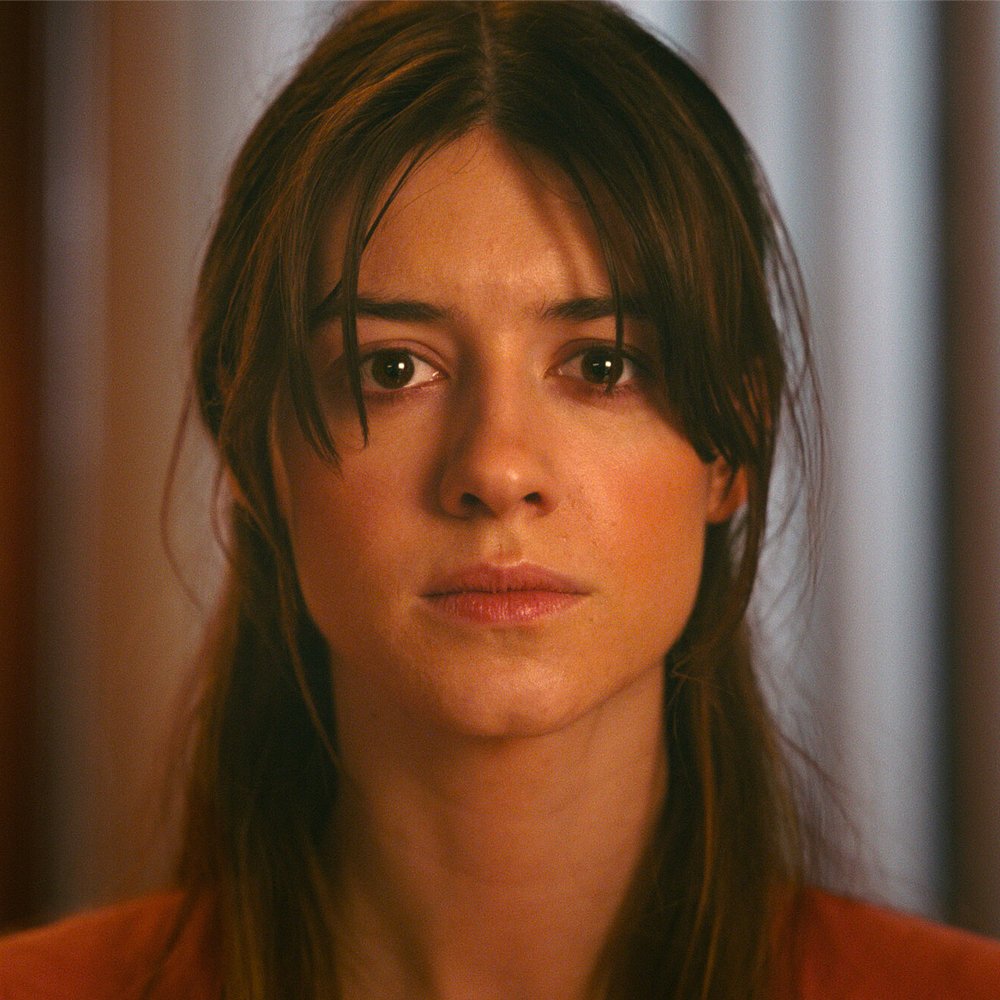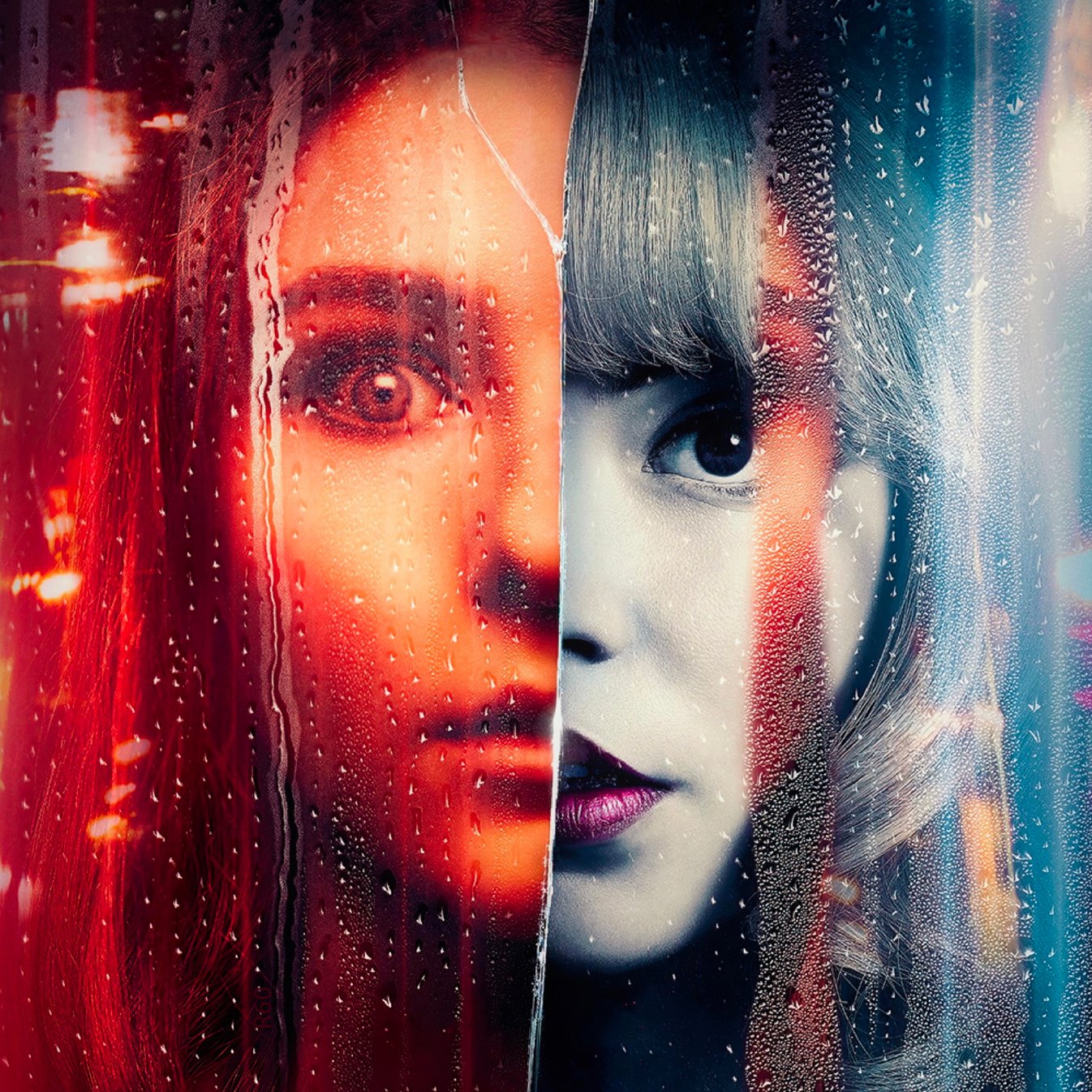American Horror Story: 1984 Took Camp to a Whole New Level
It seems like true crime is all the rage these days. Countless podcasts, documentaries, and books are sweeping the nation, making it impossible not to buy into the current obsession. This is especially true with serial killer-themed media. Shows like Joe Penhall’s Mindhunter and the recent Joe Berlinger releases such as Extremely Wicked, Shockingly Evil, and Vile, and Conversations with a Killer: The Ted Bundy Tapes have dominated Netflix in the past year. However, the ninth season of the FX horror anthology television series, created by Ryan Murphy and Brad Falchuk, has a new take on the recent trope. American Horror Story: 1984 brings the classic ‘80s slasher movie genre back to life, with not one, not two, but three summer camp killers. Halfway through the season, however, we lose that nostalgia and end up with a strange, bland mix of serial killer lust and campy acting—pun totally intended.
American Horror Story: 1984 actually begins in 1970, with a scene seemingly straight out of any 1980’s slasher film: a group of rambunctious counselors at scenic Camp Redwood are slaughtered by a mysterious killer, complete with gore, suspenseful music, and choppy, overdramatic editing. Cut to the newly revamped, truly-’80s intro, full of colorful shots of aerobics classes, retrowave credits, and low-res horror clips. Then, flash forward to 1984, when the audience is introduced to a gang of twenty-somethings in Los Angeles, all headed to the aforementioned Camp Redwood for a summer escape. We soon learn that they’re all running from something—in protagonist Brooke’s case, it’s the famed real-life “Night Stalker,” Richard Ramirez.
The series has been praised by both critics and fans for how it weaves together horror tropes with true events in American history. But I have to say it, I’m tired of this serial killer mania. Ramirez is played by Zach Villa, who bears some resemblance to the real killer. But, as television is known to do, Villa’s Ramirez is conventionally attractive, written to be charming and desirable. Hybristophilia—a romantic or sexual attraction to serial killers and other serious criminals—isn’t a new phenomenon, but it is a growing one. Villa and his portrayal of Ramirez have been the subject of thousands of Instagram posts since the show’s premiere. Comments on photos of Villa in costume include “Night stalker is sexy as hell 😍” and “Kill me dad 😍”. This was a poor choice on showrunner Ryan Murphy’s part. We need to stop humanizing serial killers like Ramirez. He was a real person, who committed real crimes with real victims. You may be asking, “Why couldn’t they just make up a serial killer?” They did! Later in the season, two characters find themselves in a close call with highway killer Bruce, played by returning actor Dylan McDermott. He is portrayed as predatory and sadistic, not at all desirable. Why they didn’t apply this to Ramirez as well, I will never know.
Nonetheless, this is only one subplot of the season. Back at Camp Redwood, the counselors are told the legend of the 1970’s massacre and the mysterious Mr. Jingles, who was revealed to be the camp’s janitor Benjamin Richter, played by AHS veteran John Carroll Lynch of “Twisty the Clown” fame. Camp director Margaret Booth (Leslie Grossman) revealed that she was the sole survivor of Jingles' attack 14 years ago. After the massacre, Richter was locked away in a mental asylum. But now, in 1984, he has conveniently escaped, and he’s on his way back to the camp. As the plot plays out, it ticks the box for almost every teen slasher trope. Gratuitous gore? Check. Sex and drugs? Check. Tragic killer backstory? Check. Final Girl? We’re just getting started. In the middle of the season, however, the tone switched from ’80s culture homage to a strange, halfhearted critique of American true crime culture, an ironic choice when you remember how the writers fumbled with the Ramirez storyline. “Murder has always sold well,” Margaret Booth states in episode 6. And she’s exactly right—AHS has grown exponentially, both in popularity and budget.
The true appeal of this season lies in the production value—that is, if we ignore the costumes that seemed to be taken straight from an episode of Saturday Night Live. Visually, this season got my attention. The set design, neo-vintage editing, and camera framing evoke a particular nostalgia that’s hard to achieve, all set to a “killer” soundtrack that blends ’80s hits with John Carpenter-esque suspenseful synth.
Nevertheless, deficits in writing make it nearly unwatchable. Every plotline is half-baked. Brooke (Emma Roberts) isn’t likable, despite being the cheesy, cookie-cutter protagonist. She follows the recipe for the classic good-girl-gone-bad plot (if you forgot to turn the oven on after you mixed the ingredients together). The writers had a really good thing going at the beginning; the characters were mysterious, the story was just starting to pick up, and each scene was entertaining. But as the plot got more complex, they failed to revisit key details mentioned in previous episodes. Oddly enough, though, we actually got a happy ending (at least by AHS standards), something the showrunners typically shy away from. The final scene, set to the appropriately ironic 1988 classic, “The Living Years” by Mike + the Mechanics, was the only piece of the nine-episode season that was actually emotional for me.
Though there wasn’t much to work with as far as the script is concerned, the cast was dominated by Angelica Ross and John Carroll Lynch, who delivered the best performances this season. Billie Lourd, who joined the series in 2017, stood out as the spunky aerobics instructor Montana. Cody Fern, last season’s fan favorite, had an unexpectedly smaller role this year as the narcissistic aspiring actor Xavier. Despite his character’s awful writing, he made the most of his part, delivering every line with as much character and passion as possible.
This season was wholly predictable, but it surely wasn’t forgettable. It was kitschy, gruesome, and a whole lot of fun. There were lots of good one-liners and pop culture references. The script is full of conspicuous references to 80’s classics like Friday the 13th and Halloween. But I felt the campiness of the season overshadowed the one thing that made past seasons of American Horror Story so revolutionary; they were unsettling, truly scary, and connected to viewers on a deep emotional level. Ultimately, the season was a campy critique of the true crime craze that is sweeping the US at the moment and a tribute to the classic horror films that started it all. I just have one lesson for you, Ryan Murphy: leave it in the ’80s!
